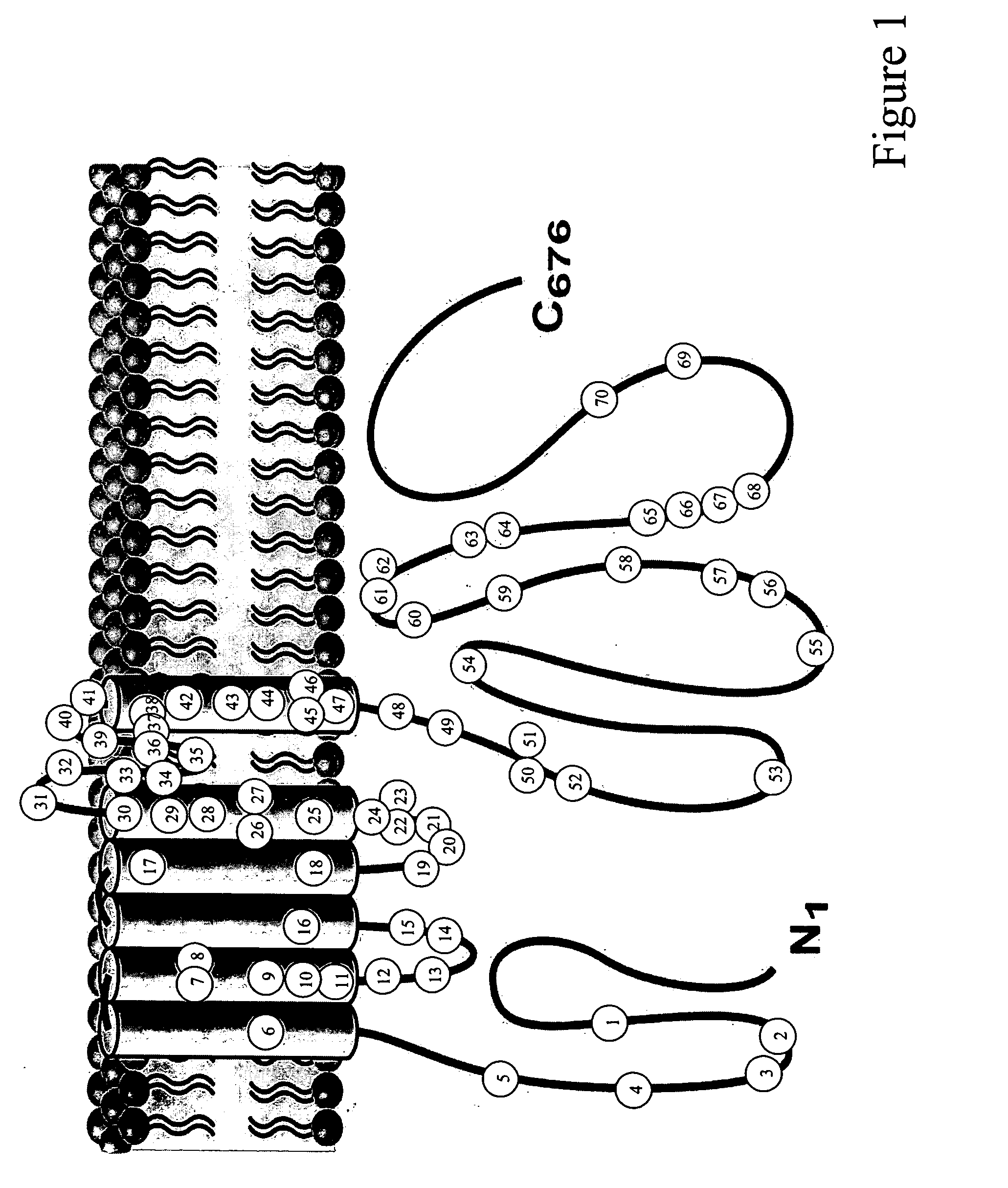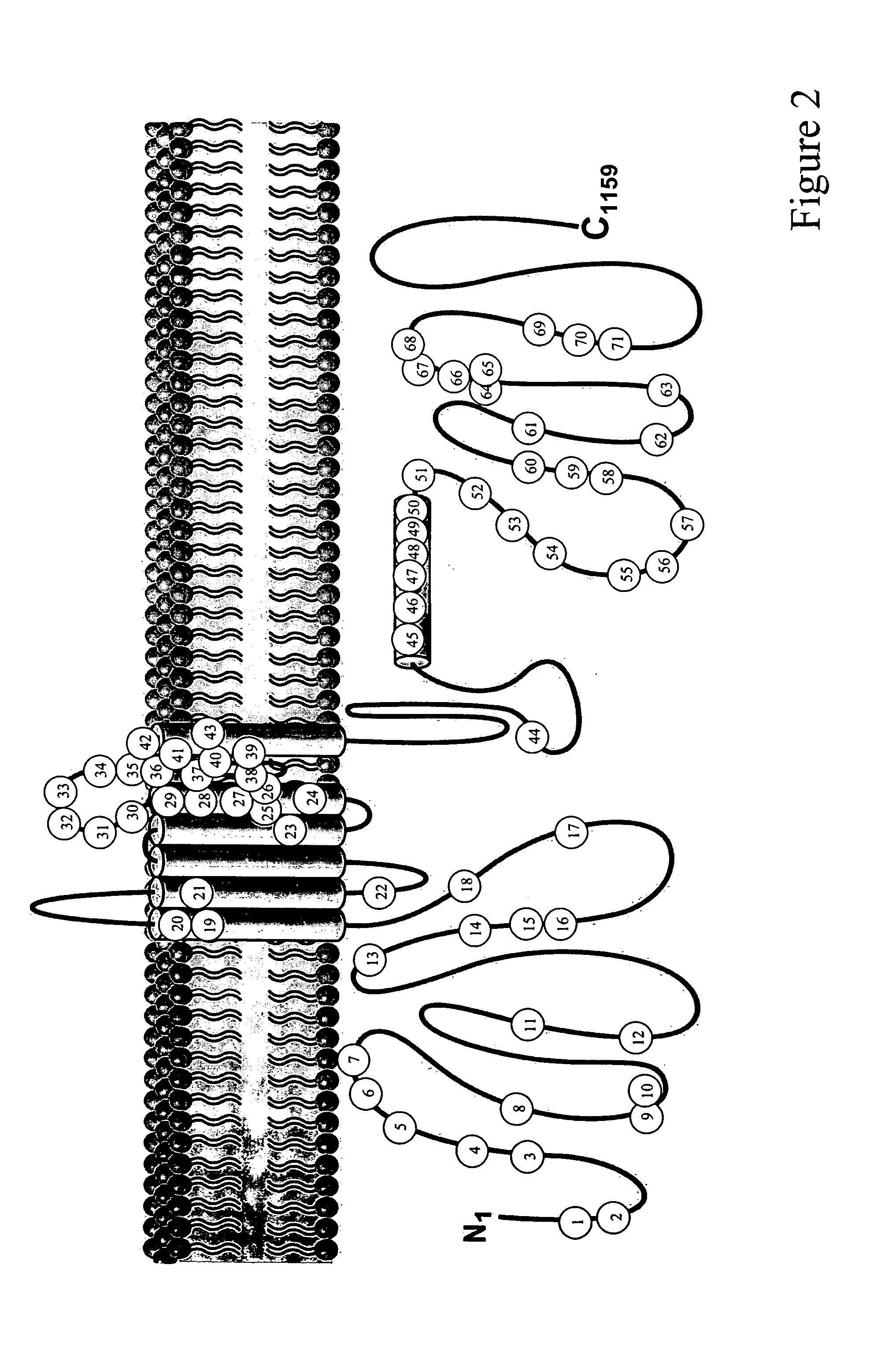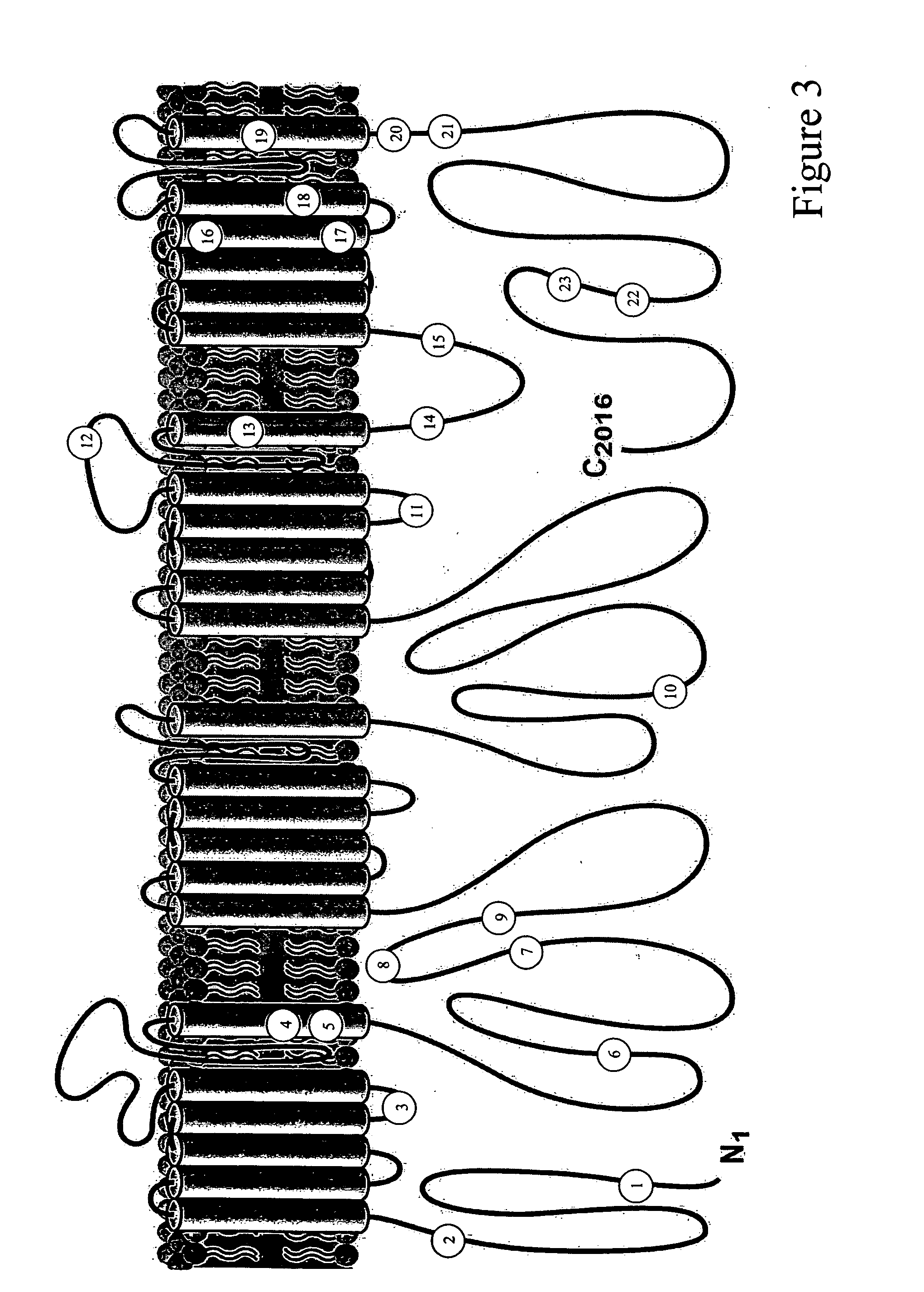Method of genetic testing in heritable arrhythmia syndrome patients
a technology of heritable arrhythmia and genetic testing, which is applied in the field of genetic testing in heritable arrhythmia syndrome patients, to achieve the effect of prolonging potential and high throughpu
- Summary
- Abstract
- Description
- Claims
- Application Information
AI Technical Summary
Benefits of technology
Problems solved by technology
Method used
Image
Examples
example 1
Yield of Genetic Testing in Congenital Long QT Syndrome
[0030] Background
[0031] Congenital long QT syndrome (LQTS) is a potentially lethal cardiac channelopathy. Over the past decade, LQTS genetic testing has been performed in research laboratories providing numerous genotype-phenotype insights of paramount clinical importance. In May 2004, molecular genetic testing of the 5 common LQTS-causing genes that comprise approximately two-thirds of LQTS became clinically available as a commercial diagnostic test.
[0032] Since the discovery that defective cardiac channels provide the pathogenic underpinnings for congenital long QT syndrome (LQTS) in 1995, cardiac channel genetic testing has been performed in research laboratories over the past decade yielding numerous important genotype-phenotype correlations. This study details the prevalence, spectrum, and yield of genetic testing associated with the largest cohort of consecutive, unrelated patients (N=388, 260 females, average age at di...
example 2
Identification of a Common Genetic Substrate Underlying Postpartum Cardiac Events in Congenital Long QT Syndrome
[0056] The congenital long QT syndrome (LQTS) comprises the first genetically defined type of arrhythmia to be understood at the molecular level as a primary cardiac channelopathy (Ackerman, M. J., et al., N. Engl. J. Med. 336:1575-1586, 1997; Ackerman, M. J., supra, 1998; Keating, M. T. and M. C. Sanguinetti, supra, 2001). To date, 6 LQTS genes have been identified: KCNQ1 (KVLQT1, LQT1), KCNH2 (HERG, LQT2), SCN5A (LQT3), ANKB (Ankyrin-B, LQT4), KCNE1 (mink, LQT5), and KCNE2 (MiRP1, LQT6) (Curran, M., et al., J. Clin. Invest. 92:799-803, 1993; Schoft, J. J., et al., Am. J. Hum. Genet. 57:1114-1122,1995; Sanguinetti, M. C., et al., Nature 384:80-83, 1996; Wang, Q., et al., Nat. Genet. 12:17-23,1996; Bennett, P. B., et al., Nature 376:683-685,1995; Mohler, P. J., et al., supra, 2003). There are relatively gene-specific triggers for cardiac events in LQTS. Patients with LQT1...
PUM
| Property | Measurement | Unit |
|---|---|---|
| stress | aaaaa | aaaaa |
| denaturing high performance liquid chromatography | aaaaa | aaaaa |
| amino acid structure | aaaaa | aaaaa |
Abstract
Description
Claims
Application Information
 Login to View More
Login to View More - R&D
- Intellectual Property
- Life Sciences
- Materials
- Tech Scout
- Unparalleled Data Quality
- Higher Quality Content
- 60% Fewer Hallucinations
Browse by: Latest US Patents, China's latest patents, Technical Efficacy Thesaurus, Application Domain, Technology Topic, Popular Technical Reports.
© 2025 PatSnap. All rights reserved.Legal|Privacy policy|Modern Slavery Act Transparency Statement|Sitemap|About US| Contact US: help@patsnap.com



